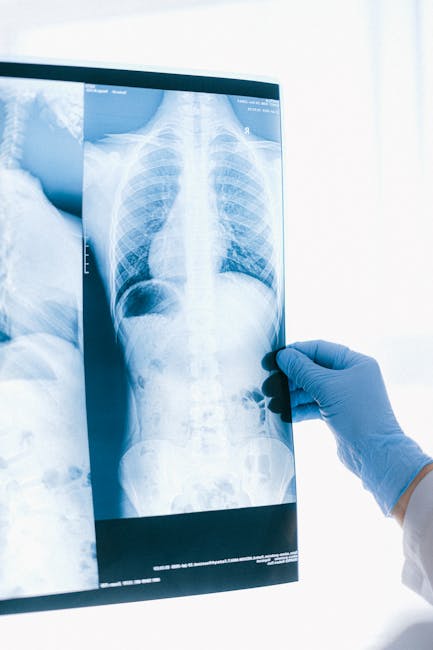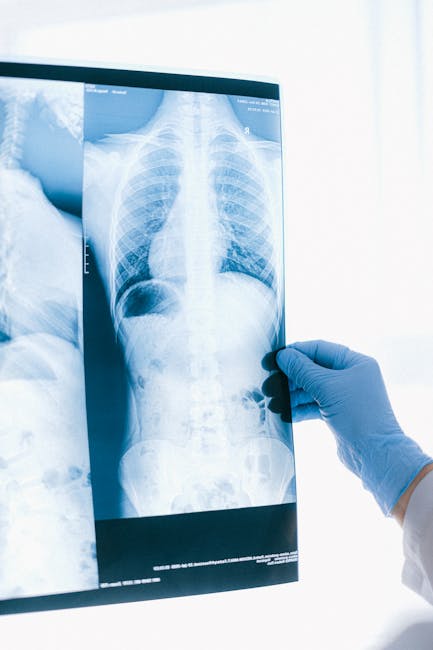Matching Chest Trauma Types to Clinical Manifestations: A Comprehensive Guide for Healthcare Professionals
Introduction: Understanding Chest Trauma
Chest trauma encompasses a wide range of injuries affecting the thoracic cavity, encompassing the ribs, sternum, lungs, heart, great vessels, trachea, and esophagus. The clinical manifestations of chest trauma are highly variable, depending on the specific injury sustained, its severity, and the patient’s underlying health status. Accurate assessment and diagnosis are crucial for timely intervention and improved patient outcomes. This comprehensive guide aims to match various types of chest trauma to their corresponding clinical manifestations, equipping healthcare professionals with the knowledge necessary for effective management.

Classifying Chest Trauma
Chest trauma can be broadly classified into:
- Blunt Chest Trauma: This is caused by a force that impacts the chest without penetrating the skin. Examples include motor vehicle collisions, falls, and sports injuries.
- Penetrating Chest Trauma: This involves penetration of the chest wall by a sharp object, such as a knife or gunshot wound. The severity depends on the object’s size, velocity, and trajectory.
Matching Trauma Types to Clinical Manifestations
Blunt Chest Trauma: Clinical Presentations
The clinical picture of blunt chest trauma is highly diverse, ranging from minor contusions to life-threatening injuries. Common manifestations include:
1. Rib Fractures:
- Clinical Manifestations: Localized pain worsened by deep breaths or coughing, tenderness to palpation, crepitus (a crackling sensation), deformity, decreased breath sounds (if associated with lung contusion).
- Severity Considerations: Multiple rib fractures can lead to paradoxical breathing (segmental chest wall movement opposite to normal breathing pattern), flail chest (a segment of the chest wall moves freely), and respiratory compromise.
2. Sternal Fractures:
- Clinical Manifestations: Localized pain and tenderness over the sternum, deformity, dyspnea (shortness of breath), potential cardiac injury.
- Severity Considerations: Associated with significant force; increased risk of cardiac contusion.
3. Pulmonary Contusion:
- Clinical Manifestations: Varying degrees of dyspnea, hypoxemia (low blood oxygen levels), cough, hemoptysis (coughing up blood), decreased breath sounds, chest pain, tachypnea (rapid breathing), tachycardia (rapid heart rate).
- Severity Considerations: Severity correlates with the extent of lung injury; potentially life-threatening.
4. Cardiac Contusion:
- Clinical Manifestations: Arrhythmias (irregular heartbeat), chest pain, hypotension (low blood pressure), signs of heart failure, ECG abnormalities.
- Severity Considerations: Life-threatening potential; necessitates close monitoring and intervention.
5. Aortic Injury:
- Clinical Manifestations: Hypotension, chest pain, unequal blood pressure in arms, dyspnea, signs of shock, potential for immediate death.
- Severity Considerations: High mortality rate if untreated; immediate surgical intervention may be necessary.
6. Tracheobronchial Injury:
- Clinical Manifestations: Subcutaneous emphysema (air trapped under the skin), pneumomediastinum (air in the mediastinum), hemoptysis, dyspnea, respiratory distress, potential for airway obstruction.
- Severity Considerations: Airway compromise is life-threatening; requires immediate airway management.
7. Diaphragmatic Rupture:
- Clinical Manifestations: Often delayed presentation; respiratory distress, abdominal pain, bowel sounds in the chest, diaphragmatic elevation on chest X-ray.
- Severity Considerations: Can cause bowel herniation into the chest; requires surgical repair.
Penetrating Chest Trauma: Clinical Presentations
Penetrating chest trauma presents with a range of clinical findings depending on the location and depth of the penetrating object and the organs involved. Common manifestations include:

1. Pneumothorax:
- Clinical Manifestations: Sudden onset of dyspnea, chest pain, decreased breath sounds on the affected side, tracheal deviation (in tension pneumothorax), hemodynamic instability (in tension pneumothorax).
- Severity Considerations: Tension pneumothorax is a life-threatening emergency requiring immediate decompression.
2. Hemothorax:
- Clinical Manifestations: Dyspnea, chest pain, hypotension, tachycardia, decreased breath sounds, dullness to percussion on the affected side.
- Severity Considerations: Significant blood loss can lead to hypovolemic shock.
3. Open Pneumothorax (Sucking Chest Wound):
- Clinical Manifestations: Open wound in the chest wall allowing air to enter and exit the pleural space, respiratory distress, audible sucking sound with each breath.
- Severity Considerations: Requires immediate wound closure to prevent further air entry and respiratory compromise.
4. Cardiac Tamponade:
- Clinical Manifestations: Hypotension, muffled heart sounds, jugular venous distention (JVD), pulsus paradoxus (decrease in systolic blood pressure during inspiration).
- Severity Considerations: Life-threatening emergency requiring immediate pericardiocentesis (needle drainage of the pericardial sac) or surgery.
5. Esophageal Injury:
- Clinical Manifestations: Often subtle; hematemesis (vomiting blood), melena (black, tarry stools), subcutaneous emphysema, mediastinitis (infection of the mediastinum).
- Severity Considerations: High risk of infection and sepsis; requires prompt surgical intervention.
Conclusion
The diverse clinical presentations of chest trauma demand a systematic approach to assessment and management. Understanding the correlation between the type of injury and its associated manifestations is crucial for timely diagnosis and intervention. This guide serves as a valuable resource for healthcare professionals, facilitating prompt and effective care for patients with chest trauma.






